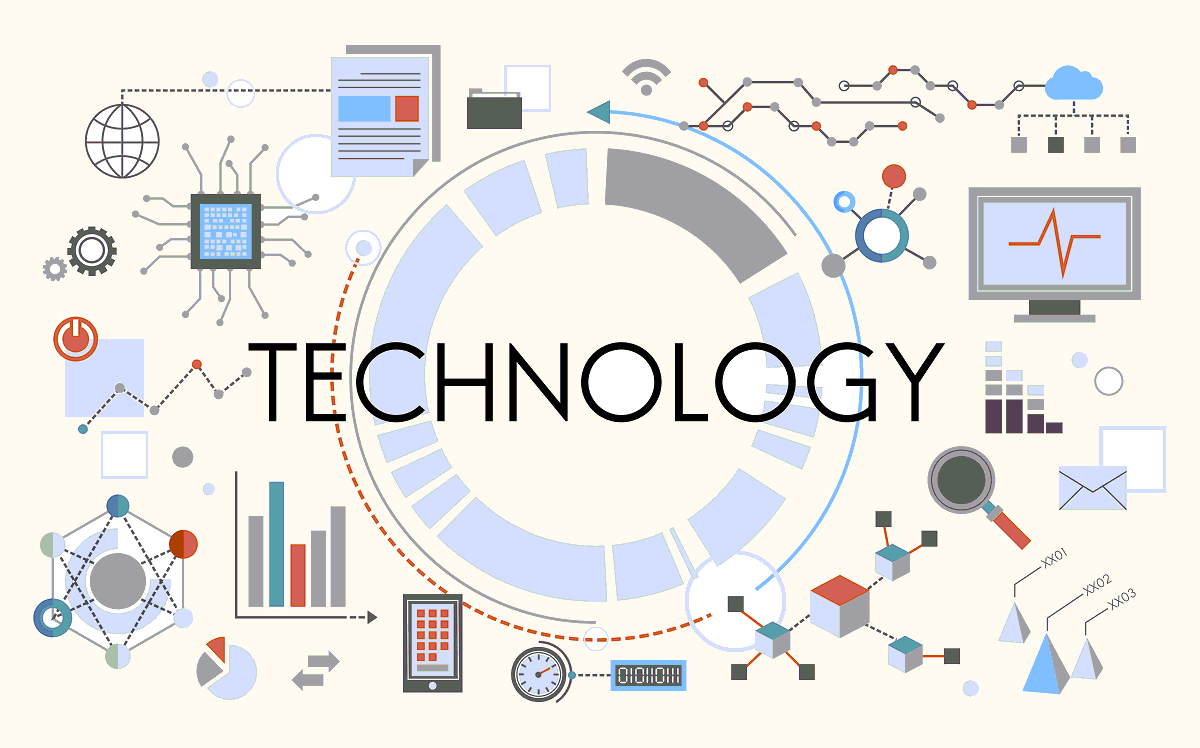
Digital Twin Technology has been called the cornerstone of Industry 4.0 and is expected to revolutionize the way businesses operate. The technology creates a digital replica of a physical object or system, allowing for real-time monitoring, analysis, and optimization of processes. This guide will explore the benefits of Digital Twin Technology for businesses, how it works, and its potential impact on various industries.
Definition and Explanation of Digital Twin Technology
Digital Twin Technology is a simulation of a physical object or system that can be used to analyze and optimize its real-world counterpart. It is a digital replica of a physical product or process that can be used for real-time monitoring, analysis, and optimization. The digital twin is connected to the physical object or system, allowing for real-time data collection and analysis. This information can then be used to optimize processes and increase efficiency.
How Digital Twin Technology Works and Its Applications in Various Industries
Digital Twin Technology works by collecting data from the physical object or system, analyzing that data, and using it to optimize processes. The digital twin is constantly updated with real-time data, allowing for real-time analysis and optimization. The technology has been successfully implemented in various industries, including manufacturing, energy, and healthcare, to optimize processes and increase efficiency.
In the manufacturing industry, digital twin technology can be used to simulate the production process and identify areas for improvement. This can result in increased productivity and reduced downtime. In the energy industry, digital twin technology can be used to optimize the performance of power plants, leading to increased efficiency and reduced downtime. In the healthcare industry, digital twin technology can be used to optimize patient care, improve outcomes, and reduce costs.
The Benefits of Digital Twin Technology for Improving Efficiency
The benefits of Digital Twin Technology for businesses are numerous and can result in increased efficiency, productivity, and profitability. One of the primary benefits is the ability to monitor and analyze processes in real-time, leading to improved decision making. This can result in reduced downtime and increased productivity.
A recent study showed that companies implementing Digital Twin Technology saw a 20% increase in productivity. This increase in efficiency can result in significant cost savings for businesses, as well as increased competitiveness in the market. Digital Twin Technology can also improve product quality, as it allows for simulation and testing of products before they are physically produced.
The Role of Data Analysis and Simulation in the Implementation of Digital Twin Technology
Data analysis and simulation are critical components of Digital Twin Technology. The technology collects data from the physical object or system and uses it to create a digital replica. This digital replica can then be used to simulate various scenarios, allowing for the optimization of processes and the identification of areas for improvement.
Data analysis is also used to identify patterns and trends in the data collected from the physical object or system. This information can be used to optimize processes and improve decision making. The ability to simulate and analyze processes in real-time allows businesses to identify and address issues before they become problems, leading to reduced downtime and increased efficiency.
The Future of Digital Twin Technology and Its Potential Impact on Various Industries
The future of Digital Twin Technology is bright, and it is expected to have a significant impact on various industries. The technology is constantly evolving and improving, and new applications are being developed all the time.
NASA is using Digital Twin Technology to simulate and optimize its space missions, resulting in reduced cost and improved safety. Siemens is using Digital Twin Technology to simulate and optimize the performance of its power plants, leading to increased efficiency and reduced downtime. These are just a few examples of the many successful implementations of Digital Twin Technology.
In conclusion, Digital Twin Technology has the potential to revolutionize the way businesses operate, and it is already being used in various industries to optimize processes and increase efficiency. The benefits of Digital Twin Technology are clear, from increased productivity and reduced downtime to improved decision-making and cost savings. Business executives, industrial engineers, and technology professionals should all be aware of the potential of Digital Twin Technology and should consider incorporating it into their operations to maximize efficiency and stay ahead of the competition.
As Digital Twin Technology continues to evolve and become more sophisticated, it will likely have an even greater impact on businesses and industries. It has been called the cornerstone of Industry 4.0 and is poised to shape the future of business operations. With its ability to create a virtual twin of physical assets, Digital Twin Technology provides a new level of insight and control that can help businesses to optimize their processes and achieve greater success.





